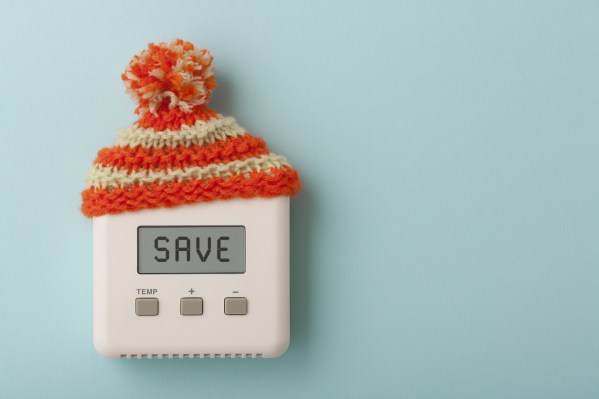Adventures in Home Owning: Fighting Low Temps with a Low Heat Bill

Dear Homeowner,
We must’ve done it all by now, surely—serviced the heating unit, tested for drafts, hung heavy curtains, and rotated the fans, but the fact remains that when faced with four to five months of steep electric and heating bills, there is always more that can be done. That’s why this week we are looking at some of the final must-do’s for fighting the low temperatures outside while aiming for a low heating bill at the end of the month.
Although the winter months mean shorter days and darker nights, we would be remiss not to take advantage of the light we do have. Make sure that your home is prepared to harness the natural warmth brought in by that winter sunlight even on the coldest of days. Any windows that have access to the sun can be opened to let those warm rays inside during the daylight hours, and they should be closed as the sun sets, trapping some of that natural warmth within the home.
Speaking of keeping the warmth within your home, how’s the insulation situation in your attic? Warm air rises, and because of this inconvenient truth, that means that the warm air in your house is traveling from the ground floor all the way up and out through the attic, where it will do no good for anyone. For the same reason we wear hats when we head outside during the wintertime, your house could also use some decent insulation. Properly pad and seal up your attic to help trap heat and keep it from escaping out the rafters.
Just as in the summer months we recommended turning down your air conditioning during the workday, in the wintertime, you can save big by making a slight adjustment to your thermostat when you are away from your home or sleeping. By dropping the temperature in your home to the low sixties for a period of eight hours a day you can save considerable amounts of money on your energy bill. In order to increase those savings, you can also make sure that any unused rooms (a guest bedroom, a college student’s old room, or storage space) are sealed off and the vents and heaters closed so that warm air is not being used to heat unoccupied spaces.
Finally, the most important factor in staying warm and keeping your energy bill low is yourself. Do all you can to make yourself as warm and comfortable as you can in your home without cranking up the heat. This may mean different things for different people, from sweaters, wool socks and layers for some, to a small space heater near a favorite chair or ample blankets in every room for others. Whatever you can do to keep yourself warm will only help you to make it through the winter without relying too much on your thermostat.
Until next time, homeowner!
